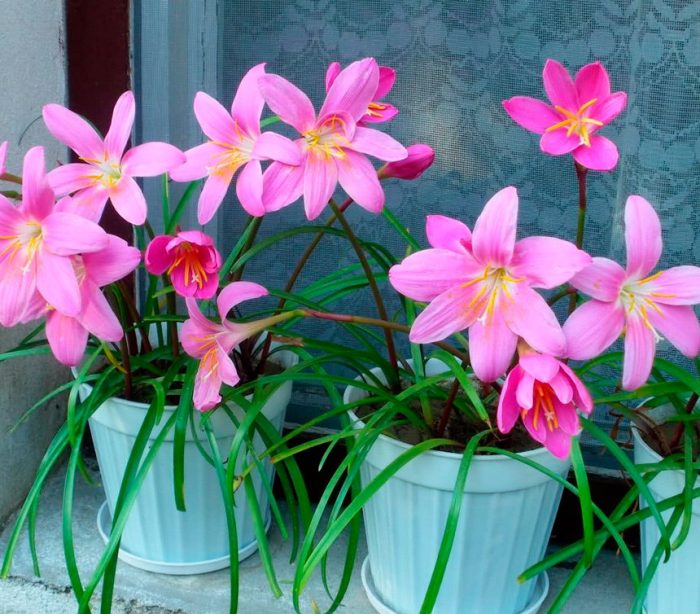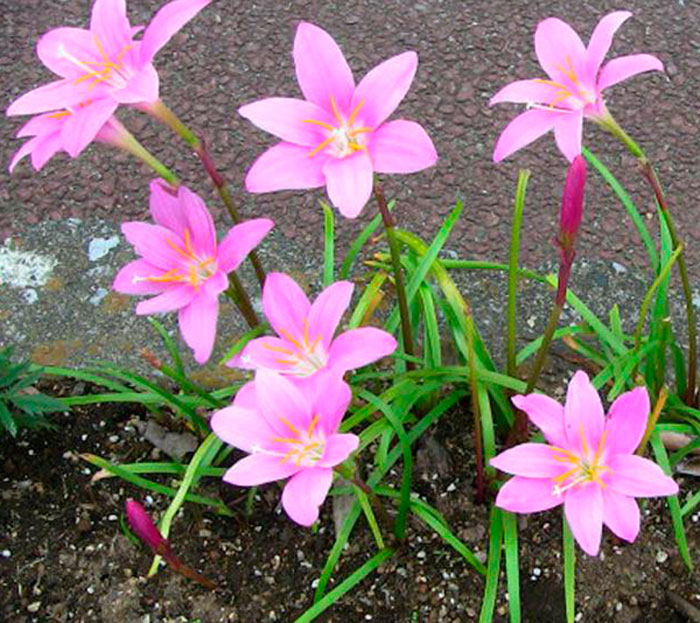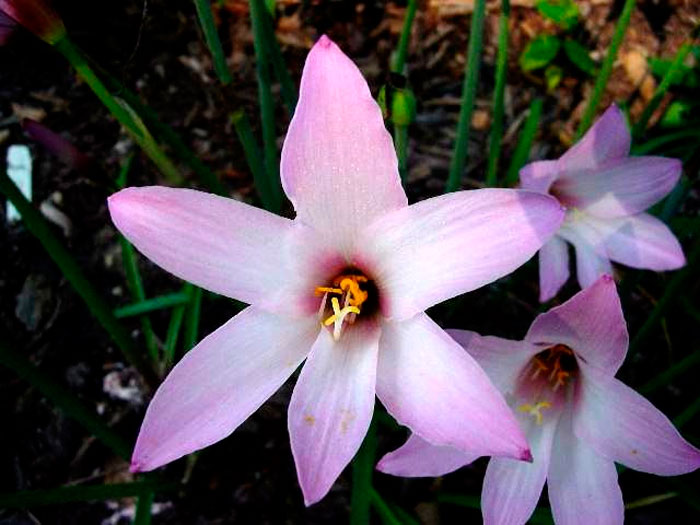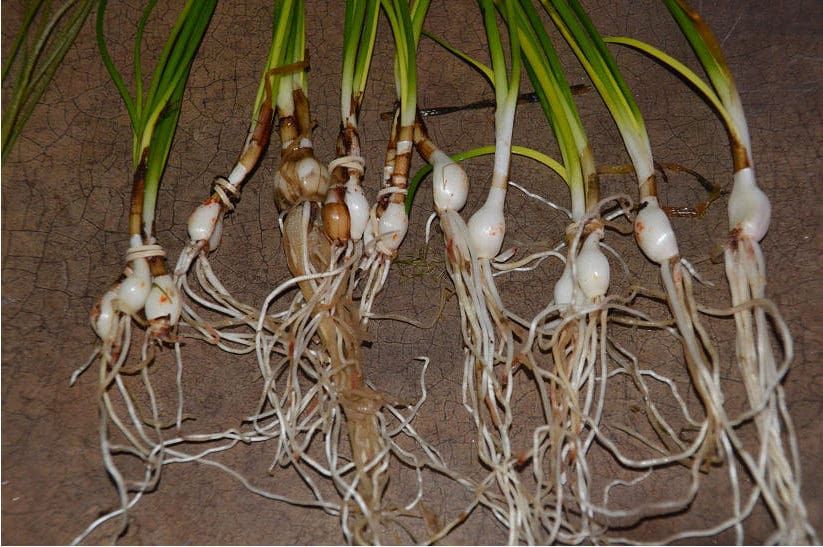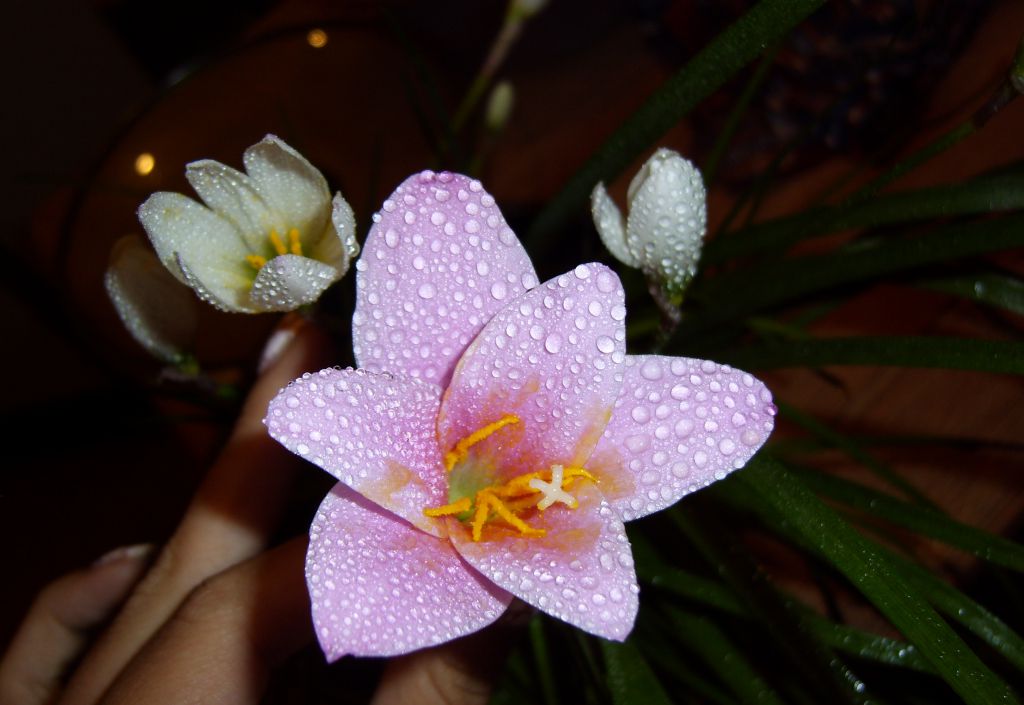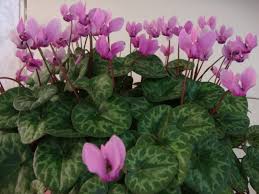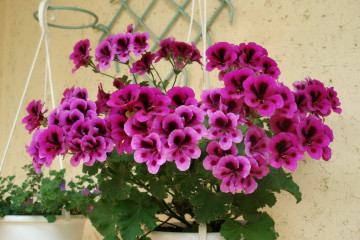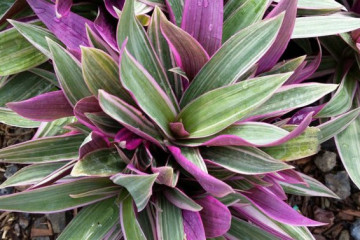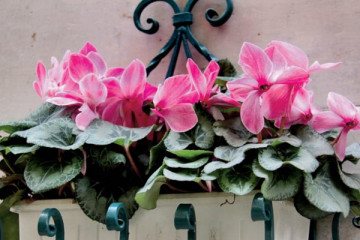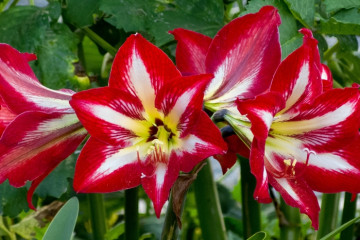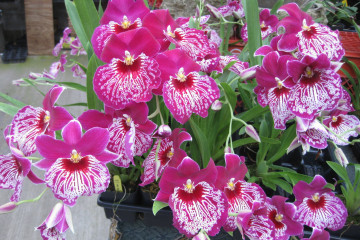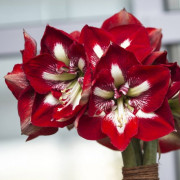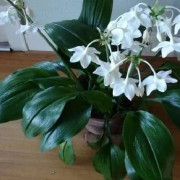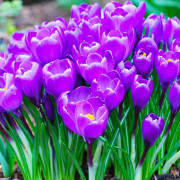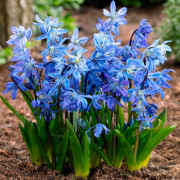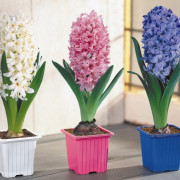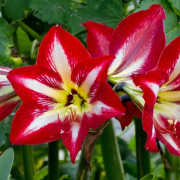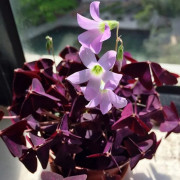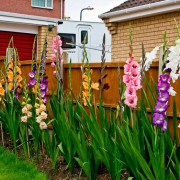Zephyranthes - home care for a flower
Content:
The Amaryllis family includes about 75 genera and 2,000 plant species, which grow mainly in Central and South America. Among the Amaryllis there is one very interesting representative - zephyranthes.
Zephyranthes (upstart)
Zephyranthes is a perennial bulbous flowering plant, popularly called "upstart".
The leaves of the plant are long and narrow, the plant looks compact. Flowers resemble stars and bloom on thin graceful peduncles. According to the color of the petals, 4 types of culture are distinguished: white-flowered, red-flowered, yellow-flowered and two-color. Upstart flowers delight with their appearance for a short time, a maximum of a week, and then fall off.
The healing properties of the plant
This exotic plant is rich in various organic substances. It is often used in medicine: they make tinctures from the leaves to treat colds, liver diseases, diabetes, tuberculosis, and joint diseases.
Varieties of flower for growing at home
More than 40 species of upstart grow in the natural environment, and only 12 varieties of this culture grow at home. Fans of exotic flowers grow the most popular and unpretentious types of pink, white and two-tone marshmallows on their windowsill.
- Zephyranthes white belongs to the white-flowered group. It has a rounded bulb with a diameter of 3 cm. The leaves appear together with the flowers and are 30 cm long. The plant blooms from mid-summer to mid-autumn. The flower of the zephyranthes is snow-white, 6 cm long, outwardly resembles a crocus.
- Zephyranthes large-flowered is a plant with large flowers, as the name implies. Its bulb is short, about 3 cm in diameter. The leaf plates are narrow, 30 cm long. Pink Zephyranthes blooms with bright pink flowers with a reddish tint, the length of the petals of which is 5 cm, inside the flower there are orange stamens. At home, the flowering of large-flowered zephyranthes continues for a long period: from early spring to the onset of winter.
- Zephyranthes multicolored belongs to the group of two-colored. Its bulb is located in a dark film, reaches 3 cm in diameter. The petals are brownish on the outside of a creamy pink color. The length of the petals is 5–6 cm. The flower blooms in January and falls in March.
Flowering zephyranthes
Having several types of upstart, you can see flowering plants all year round, since some varieties bloom only one season, others two seasons. The flowering of the plant also depends on the care.
If zephyranthes does not receive regular home care or the external conditions are not favorable enough for him, then he simply will not bloom.The upstart does not tolerate sudden changes in temperature, low room humidity. This information is for those who are wondering why indoor marshmallows do not bloom. In addition, the plant will not bloom if you do not apply fertilizer, because top dressing stimulates the formation of buds.
Zephyranthes transplant
In order for an exotic plant to grow comfortably at home, it needs to be transplanted annually. An upstart transplant can be done at any time of the year, but only after flowering. The pot for transplanting will need a wide one (to place more than 3 bulbs in it), but not very deep, with holes in the bottom.
Before transplanting, you need to clean the bulbs and their roots from the ground, it is advisable to carry out a light disinfecting treatment. At the bottom of the pot, you need to fill in a drainage layer, for example, expanded clay. The upstart will love to sit in a loose potting mix of three equal parts: turf soil, humus (or compost), and sand. Prepared soil should be poured onto the drainage and the bulbs should be placed at a distance of 3 cm from each other. It is important to pay attention to the roots, that is, to gently spread them. Next, you need to fill the container to the top with the substrate.
The next step is to water the upstart. The water should be at room temperature and previously settled. The potted plant should be placed in a place where the sun's rays can freely penetrate all day. At first, watering should be limited to prevent the bulb from rotting.
How to care for Zephyranthes
Even a novice florist will figure out how to care for an upstart at home, it is only important to know the rest period of each type of zephyranthes, since all cultures rest in different ways. You need to cut off the faded buds and dry leaves after the flowering of the bush is complete.
Favorable conditions: light and air temperature
It is vital for zephyranthes to get the maximum amount of bright sunlight. A pot with an exotic plant should be placed in a place with sufficient sunlight. For normal development, growth and flowering, an upstart requires an air temperature in the range of 20-29 ° C. In summer, in the heat, the culture can be taken out on the balcony or even temporarily planted in open ground. Winter for flowers should be, if possible, cool (at a temperature not higher than 12 ° C).
Watering and humidity
There is nothing complicated in the rules for caring for white marshmallows: at home for a flower, the main thing is to provide moderately moist soil, especially after transplants.
Water must be defended. In addition, home care for white marshmallows provides for a high level of humidity in the room. Zephyranthes loves to "swim"; to saturate the leaves with moisture, it is worthwhile to simply sprinkle the flower with water: it will be useful to him.
Top dressing
Zephyranthes need to be fed at least 1 time per fortnight. The easiest way is to use a ready-made fertilizer complex specifically for bulbous plants. Liquid dressings are very convenient to use, because they only need to be diluted with water and the substrate is shed, but you can also periodically fertilize the flower with an ash solution. Upstart bushes should be enriched after coming out of dormancy.
Reproduction of zephyranthes by children and seeds
The upstart can be propagated by both seeds and bulbs (children).
To grow plants from seeds, seeds are planted in the ground to a depth of 1 cm at a distance of 2 cm from each other.The planted seeds are tightly covered with a film on top and left in a warm room, which should be ventilated from time to time. The soil with seeds is watered carefully - drip, spraying water on the surface of the soil. When sprouts appear, the airing time is increased. For 7-8 days before transplanting into a pot, the plants are kept completely open.
The reproduction option by daughter bulbs during the process of annual plant transplantation is the most optimal. The grown bulbs are simply separated from the mother bulb and planted in a separate pot. If young plants are provided with a sufficient amount of light, then already in the next season it will be possible to admire the first flowers.
Zephyranthes diseases and other misfortunes
In the process of growing zephyranthes, you can face a number of problems:
- lack of budding and flowering due to hypothermia, lack of moisture and / or fertilizers;
- bulb rot due to excess moisture and hypothermia;
- fungal diseases;
- the invasion of pests - spider mites, whiteflies, scale insects, amaryllis worms (insecticide treatment is needed here).
Why zephyranthes leaves turn yellow
Sometimes, even if the planting of the zephyranthes bulb was successful, over time, the leaves may turn yellow, and here's why:
- insufficient moisture - you need to increase the frequency of watering;
- little sunlight - lamps with artificial lighting should be installed;
- lack of nutrients - it is necessary to feed with a high nitrogen content.
In fact, this is a common problem with exotic plants. You just need to use the above recommendations and thus you will be able to minimize the risk of their occurrence.
Caring for zephyranthes is simple, because this plant needs basic care. It is important to take into account all its features, as an exotic plant, and provide all the necessary conditions for healthy development and abundant flowering.
